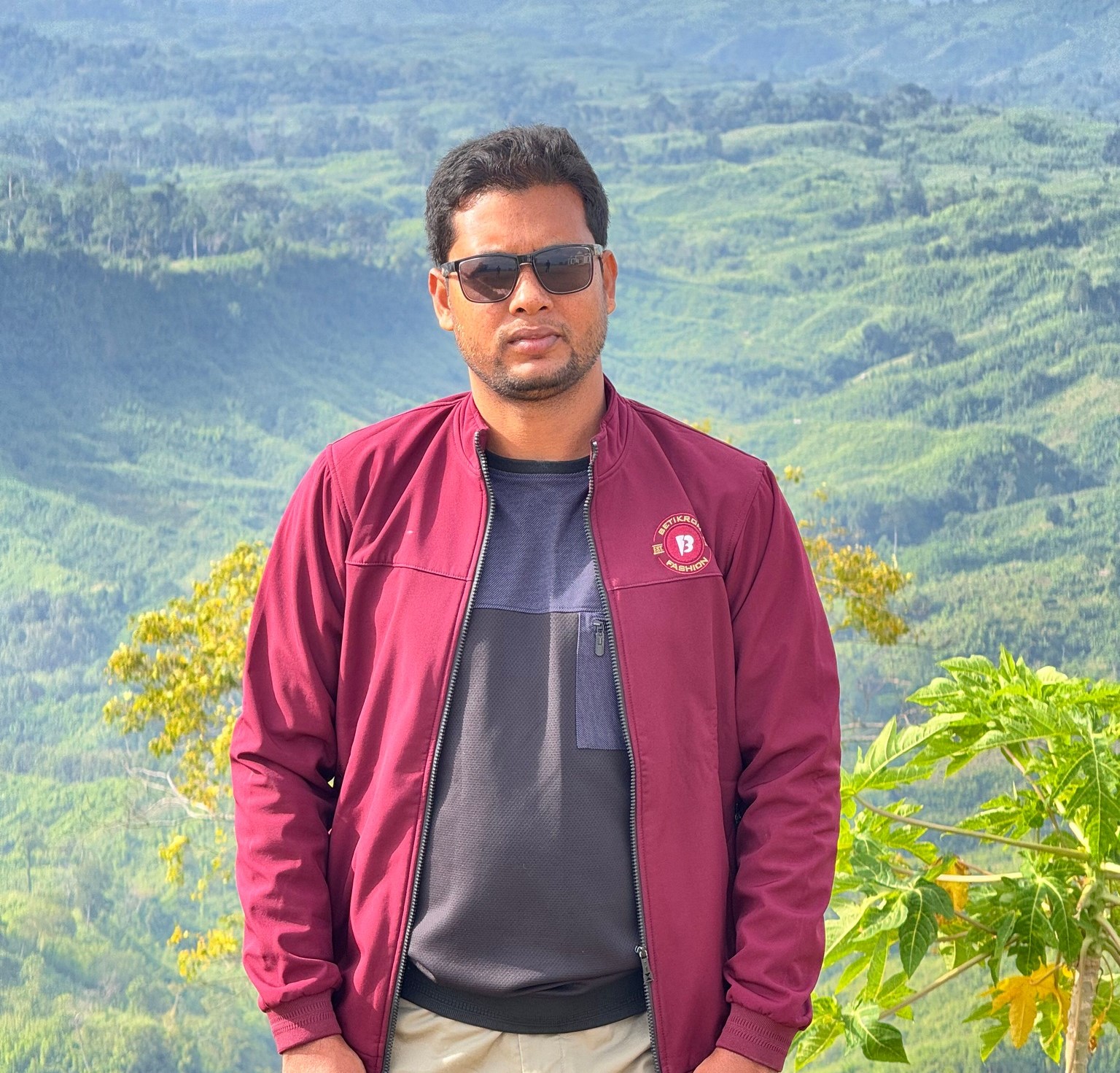
Address:
Room No.: Stat-3161, Ground Floor, Statistics Discipline, Kabi Jibananda Das Academic Building, Khulna University, Khulna-9208, Bangladesh.
Email:
office@stat.ku.ac.bd
Contact:
+880 1752385769 ; +880 1970385769
Personal Webpage:
click herePrevalence and factors associated with anemia among children under 5 years in South and Southeast countries: A multicountry analysis
Background: South and Southeast Asian countries (SSEA) account for
the highest burden of anemia globally, nonetheless, progress towards the
decline of anemia has almost been stalled. This study aimed to explore factors
associated with anemia among children under 5 years across the seven selected
south and southeast Asian countries.
Methods: Demographic and Health Surveys of SSEA countries
(Bangladesh, Cambodia, India, Maldives, Myanmar, Nepal and Timor-Leste)
conducted between 2011 and 2022 were analyzed. A total of 42,482 children under
5 years were included in the analysis. Multilevel logistic regression analysis
was used to identify independent predictors of anemia.
Results: The pooled prevalence of childhood anemia across seven
SSEA countries was 30.24% (95% CI: 29.79–30.68). Childhood anemia was significantly higher among
(1) mothers with no formal education compared to secondary or higher education
(Bangladesh: OR=1.38, India: OR=1.13, Myanmar: OR=1.25, Nepal: OR=1.61 and
Timor-Leste: OR=1.29); (2) Father’s with primary education compared to
secondary or higher education (Bangladesh: OR=1.29, Cambodia: OR=1.11, India:
OR=1.11,Maldives: OR=1.23, Myanmar: OR=1.02, Nepal: OR=1.42 and Timor-Leste:
OR=1.05); (3) Respondents from poor family
compared to those who belongs to rich family (Bangladesh: OR=1.69,
Cambodia: OR=1.45, India: OR=1.23, Maldives: OR=1.11, Myanmar: OR=1.23 and Timor-Leste:
OR=1.05); (4) Respondents from middle-class family compared to those who belongs to rich family
(Bangladesh: OR=1.39, Cambodia: OR=1.21, India: OR=1.14, Maldives: OR=1.36,
Myanmar: OR=1.03, Nepal: OR=1.12 and Timor-Leste: OR=1.25); (5) Respondents
from rural areas compared to urban areas (Bangladesh: OR=1.19, Cambodia:
OR=1.13, India: OR=1.19 and Myanmar: OR=1.13).
Conclusion: Our study results indicate that residence, media access,
paternal education level, respondents working status, mothers age at first
birth, wealth index, baby’s delivery by caesarean section and number of
antenatal visits during pregnancy are the factors significantly associated with
children anemia. Sex of child and baby’s postnatal visit has no significant
effect on childhood anemia. Higher odds of childhood anemia have been
linked to rural background, poor wealth index, no formal education of parents,
no media access and other factors. Factors identified in this study can be considered to develop effective
anemia control and prevention strategies.
| Details | |||
| Role | Supervisor | ||
|---|---|---|---|
| Class / Degree | Bachelor | ||
| Students | Md. Sumon Molla, ID: 192024
Sham Sunder Jadder, ID: 192032 | ||
| Start Date | 1st January, 2023 | ||
| End Date | 31 December, 2023 | ||
